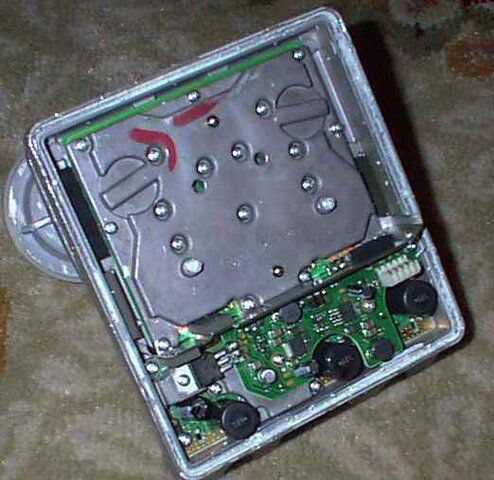I wanted to report
great success with my cannibalization of a DPP twin for it's switch. I now have what amounts to a DPP32 switch. I did this to conserve cables from my attic to my basement, since the previously-announced DPP33 has never been released, and since I didn't want to spring for a DPP44. My DPP twin cost me $20.
I soldered 2 2ft RG6 cables onto the lower PC board where the tiny coaxes from the LNB/feedhorn assembly formerly were. (I circled them with black circles in the 2nd picture above.) I threw out everything I no longer needed, and cabled up the aforementioned 2 cables with a 3rd on the DPP twin's input (for 61.5), and attached them to the feedthrough connectors of my DP34 switch.
I attached the DPP splitter that came with my 625, and now it reports "DPP twin" for the switch. All satellites are visible as they should be for both tuners, and the signal strength looks the same as before. Works great!




